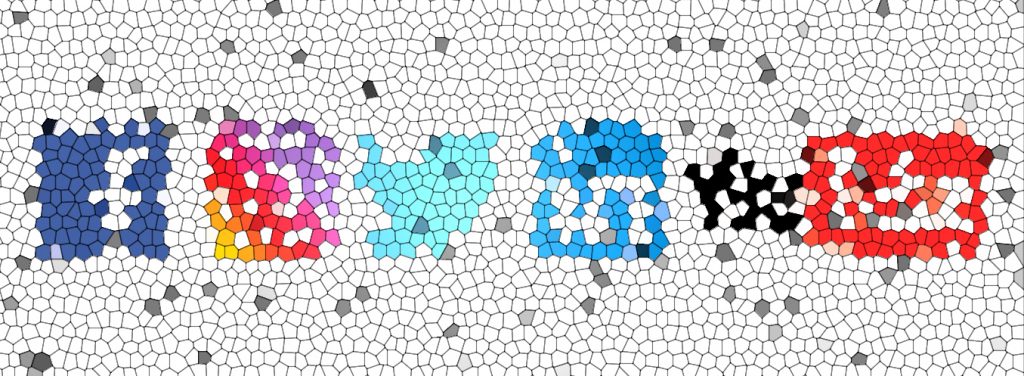
Digitized Koffee With Nick
Do You Speak Social Media?
By Nick Kossovan
For some reason, I try not to analyze as to “why” I spend a lot of time talking about social media. When it comes to social media usage, there’re three types:
- Not interested
- Passive
- Social media geek
A person doesn’t need to tell me which type they are. I can quickly gauge a person’s level of comfort and knowledge with social media by their choice of words (e.g., crowdsourcing, tweets, likes, avatar, chatbot, direct message, hashtag, meme, clickbait, geotargeting). Their use of social media vocabulary and buzzwords tells me if they’re a digital native or the once-in-a-while drop-in on Facebook, Twitter, Instagram, Pinterest, et al.
The use of language, especially when it comes to terminology, is underrated. The words you use demonstrate whether you’re in the know and give you credibility in that you have relevancy cache.
Last week, during a Zoom meeting, I participated in a conversation that was peppered with social media slang and jargon; it was as if it were a new language.
Here a snippet:
“When we post blogs, should we tweet and pin an image about it in the same hour? What about gram and snap? There’s also Tumblr, LinkedIn and Medium. Maybe we should wait and schedule via Hootsuite. This way, we can attribute our content to our RSS feed and email list. If we do that, we can measure the likes, favs, and shares to see if the blog is performing as we expected.”
While I understood the terms and references, I asked myself if the executives we’d be presenting to would know what we are talking about and correlate the company’s social media engagement and its bottom-line. Would our social media language irritate them? Frighten them?
Many company executives fall in the “Boomer” generation; thus, the reason for social media language disconnects. For example, “gram” to me means a post shared on Instagram. At the risk of generalizing, to those over 50, “gram” mostly likely means a metric system weight measurement.
Learning is never a waste of time. New knowledge, skills, and exposure to different ideas can be advantageous to your career, business, personal reputation, and staying relevant and being aware of what’s happening around you.
As I’m sure you’re hearing, social media terminology is increasingly becoming part of our everyday lexicon. You’d benefit from being current on social media lingo, if for no other reason than to have more fluid conversations with those under 35.To get you started, here are 14 social media terms I recommend adding to your vocabulary (continue adding by Google “social media lingo list”):
- Clickbait:Using a provocative title to drive (create) clicks.
- Direct message (DM):A private message sent directly to a user’s inbox.
- Emoji:A small digital image or icon used to express an idea, emotion, etc.
- Engagement:Action (liking, retweeting, commenting) taken by social media users regarding your post.
- Handle:Usually refers to a user’s account name on Twitter (g., @themonitor_333, @NKossovan), but can also refer to other social platforms.
- Hashtag:A symbol (#), used on social media platforms and applications to identify digital content on a specific topic (g., #ScarbTO, #Ward20, #Toronto).
- Impression:Number of times a post has been viewed (seen).
- Meme:Usually (can also be serious) a funny video or image.
- Post:A blog article, or, as a few examples, a Facebook, LinkedIn, or Tumbler message.
- Share: Number of times a specific content has been re-posted.
- Selfie: A self-portrait taken using the reverse camera screen on a smartphone or using a selfie stick.
- Story:A collection of photos or videos, mainly on Instagram or Facebook, compiled into one album that can be shared with other platform users.
- Tweet:Message sent on Twitter.
- Viral:Content that spreads throughout social media rapidly and exponentially.
The unprecedented connectivity we’re experiencing is birthing new slang, acronyms, and terminology daily, making it frustrating to stay current. Sometimes I wonder how some people back in the day learned Klingon.
Undeniably social media is here to stay and has a language of its own, which is worth learning, especially if you want to know what the kids today are talking abou
~ Nick Kossovan is the Customer Service Professionals Network’s Director of Social Media (Executive Board Member). Submit your social media questions to nick.kossovan@gmail.com.
